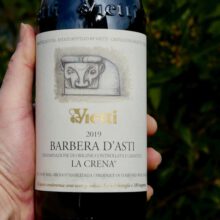
Product information
Vietti Barbera d’Asti ‘La Crena’ 2019
$117
Description
I first had the junior wine of this back in 1994 while studying winemaking in Adelaide. Over the decades it has become more refined. A great expression of Barbera. Those in the know will tell you that good vineyards planted to Barbera in Asti will beat the bounty of average sites that have been planted to the variety in Alba.
“The 2019 Barbera d’Asti La Crena is a powerful, tightly wound wine. Readers should be in no rush here. In 2019, La Crena is a bit reticent and less opulent than it can be, but then again, this is a wine that only blossoms with a few years in bottle. Inky dark fruit, gravel, smoke, crushed rocks, spice and lavender open with air, but only reluctantly. The 2019 will be a jewel for those who can wait. Drink 2024-2033.”
Antonio Galloni, Vinous
Only 1 left in stock
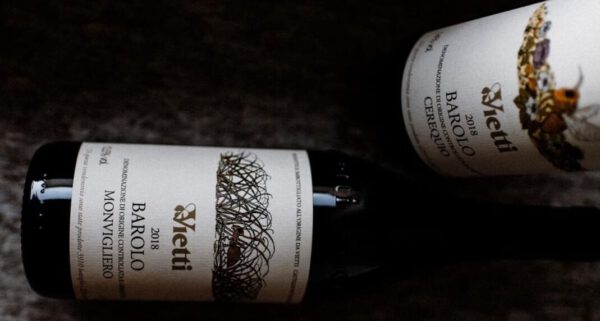 The Prologue
The Prologue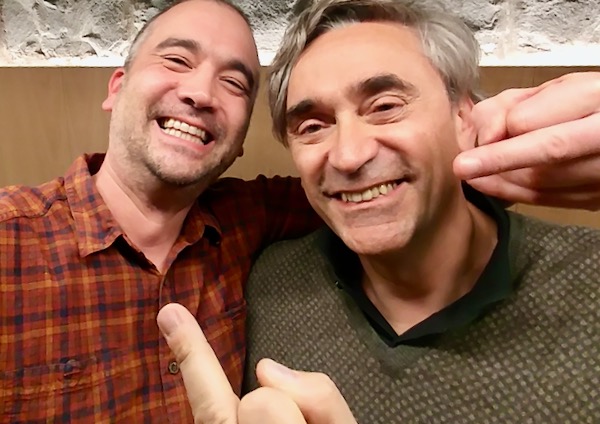








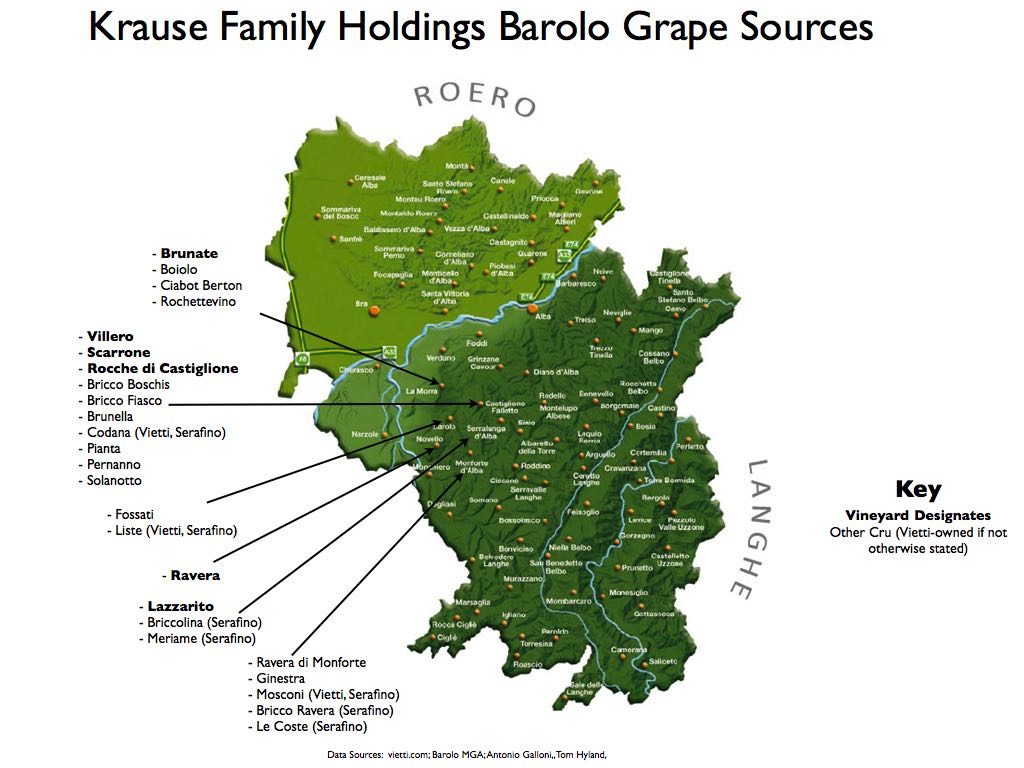
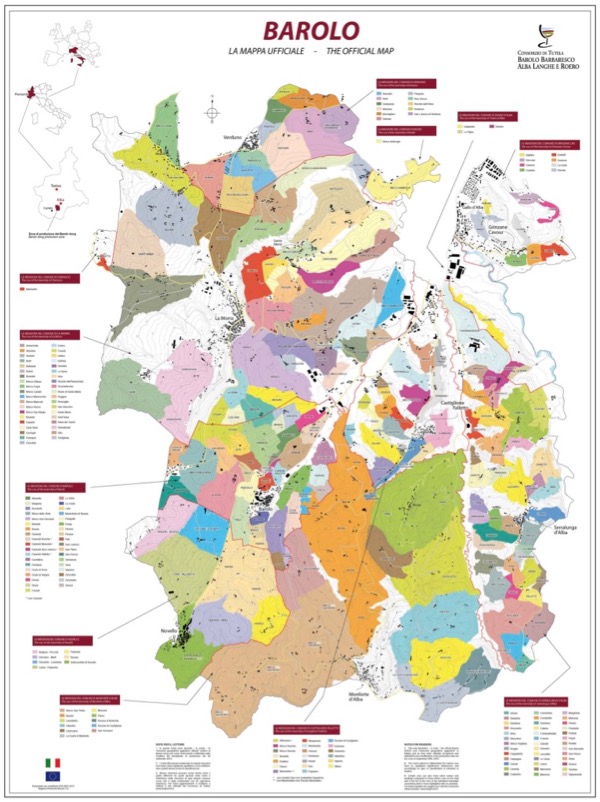



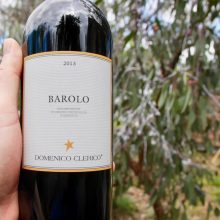
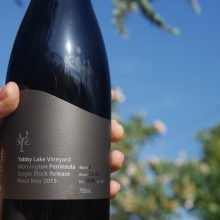
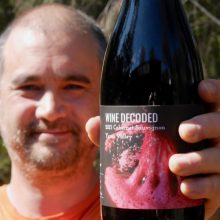
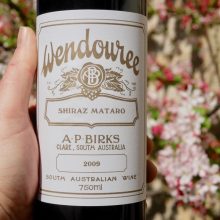
You must be logged in to post a comment.